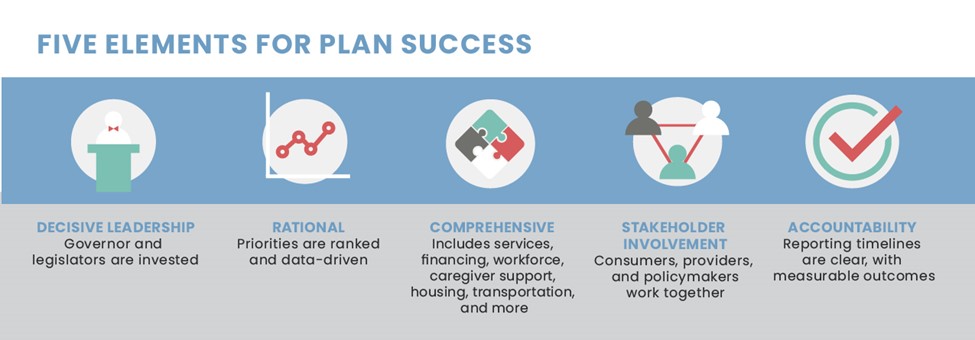Update, August 2022: The We Stand with NY Seniors Coalition is now known as the NYS Master Plan for Aging Coalition.
Update, January 5, 2022: We are excited to see the Governor’s commitment to issuing an executive order establishing a State Master Plan for Aging was included in her 2022 State of the State document. Read the coalition’s response and recommendations here.
Did you miss our Dec. 30 webinar about a Master Plan for Aging in New York? View the recording here:
The Case for a Master Plan for Aging in New York
New York State ranks fourth in the nation in the number of individuals age 60 and older that call our state home. It is estimated that by 2030, one out of four New Yorkers will fall into this age group.
In general, Americans are living longer and staying healthier than previous generations. But ageist attitudes often prevail, and policies that disregard the needs of older adults are too common. This has been clearer than ever during the COVID-19 pandemic, when so often we hear the dangers of the virus dismissed as “only affecting old people.”
It’s time to rethink how we approach aging, and affirm that people over 60 are valued, respected, and deserve to live in healthy, safe communities that meet their needs. It’s time for New York to launch a comprehensive, cross-sector Master Plan for Aging.
Building on Existing Age-Friendly Work
New York State is already leading several admirable initiatives to improve the lives of older adults. In 2017, AARP designated New York as the first Age-Friendly State in the country. Since then, the state’s age-friendly work to date includes the Health Across All Policies initiative, a collaborative approach that integrates age-friendly considerations across all state sectors; Age-Friendly Health Systems, an effort to ensure health systems use shared evidence-based approaches that meet the needs of older adults; and the establishment of Age-Friendly Centers of Excellence in counties across the state to help local governments incorporate healthy, age-friendly community principles into all relevant policies, plans, ordinances and programs.
The age-friendly framework is based on the idea that building a safe, healthy community where all people can age with dignity requires a collaborative and cross-sector approach that recognizes how social factors have an impact on health.
Still, there is a great amount of work to be done in New York to improve how we care for older adults.
-
The long-term and home care industries are in dire condition. These providers have faced staffing shortages for years, and the COVID-19 pandemic has brought those shortages to crisis levels due to low wages, stressful work environments and the risk of the virus. Many of these providers are also facing financial struggles and reduced Medicaid reimbursement.
-
The deaths of more than 12,000 older adults in nursing homes from COVID-19, and previous leadership’s lack of transparency in handling that crisis, have deeply shaken the public’s faith in how New York State cares for older adults.
-
Racial health disparities continue to have an impact on older adults across the state. Research led by AARP NY showed that older New Yorkers of color faced more housing and food insecurity than their white counterparts during the pandemic, and nursing homes with more Black and Hispanic residents were at greater risk for the virus. Any plan to support our aging population must recognize the specific needs of historically underserved communities.
